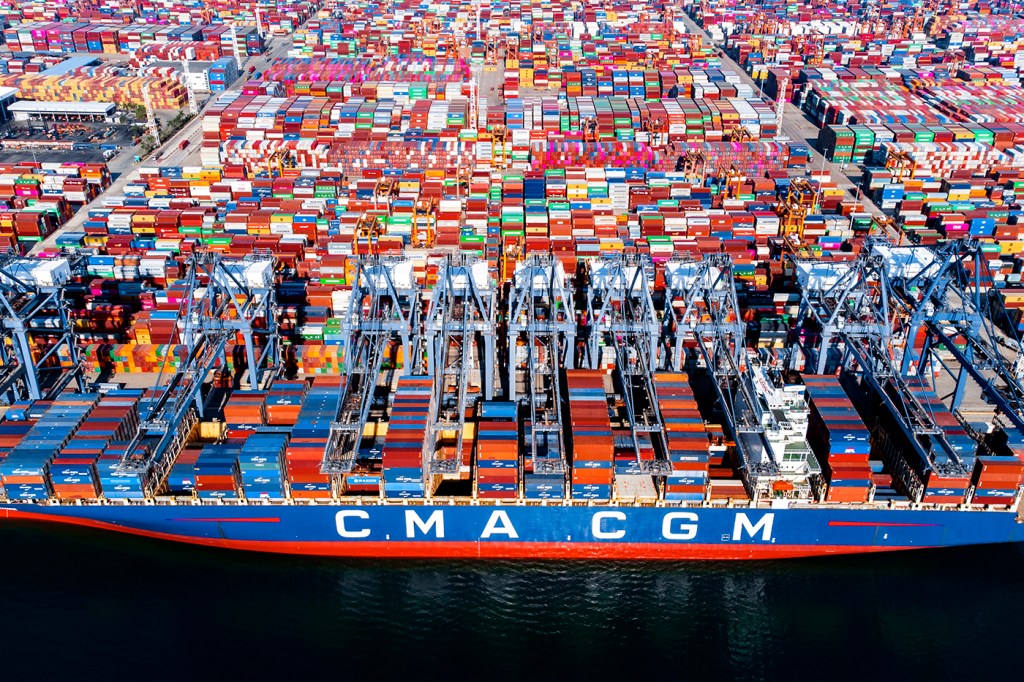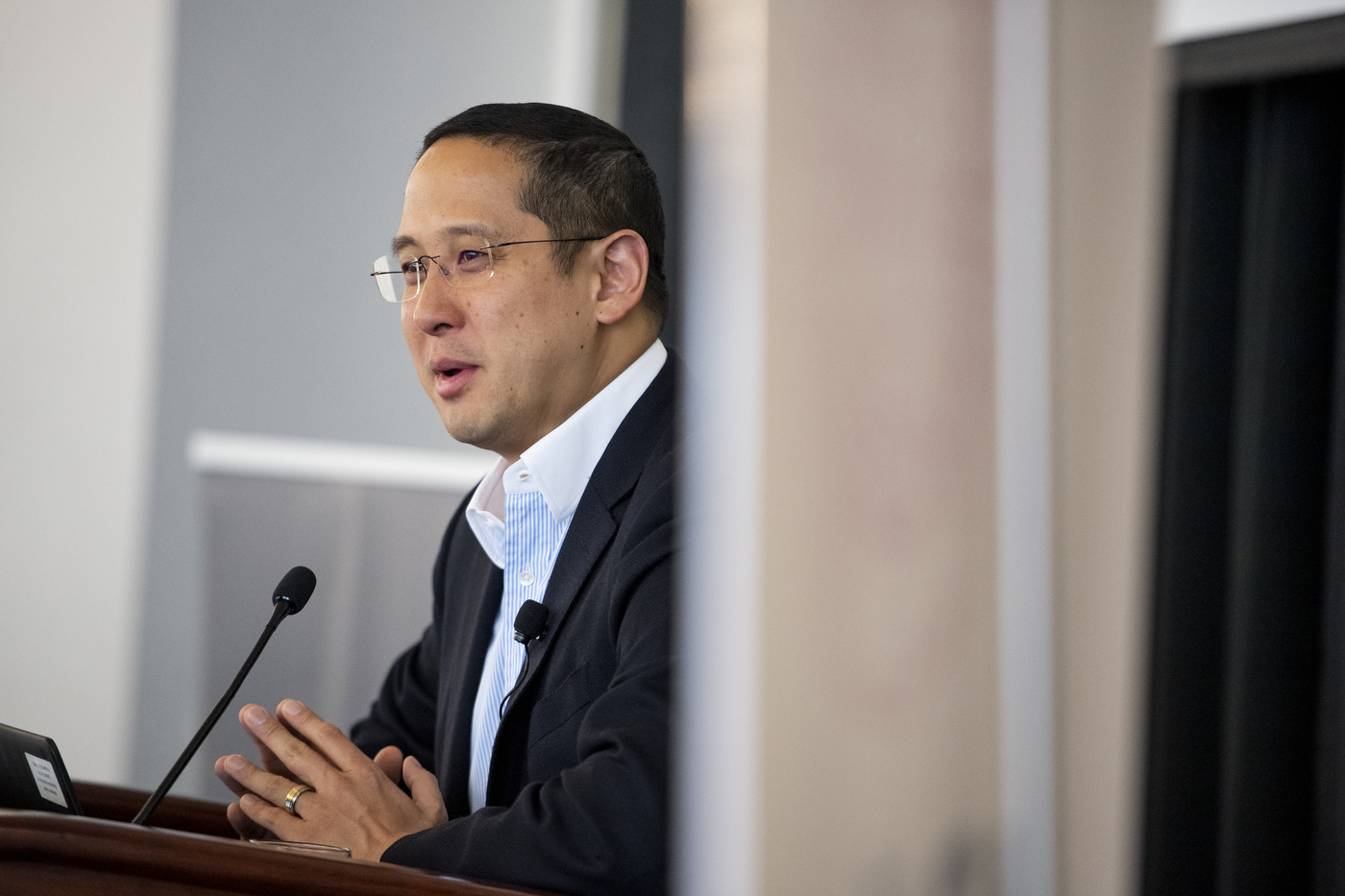What does the future of the global supply chain look like?

Supply chains around the world have experienced unprecedented disruption over the last year due to the COVID-19 pandemic. As leaders raced to order medical supplies to care for their country’s sick, global demand shifted drastically, creating emergency shortages that affected many industries and nearly paralyzed overseas trade.
But the pandemic hasn’t been the only supply-chain disruption in recent years—nor are medical supplies the only products that have felt the squeeze. The rise of e-commerce, the digitalization of industry, and the ongoing U.S.-China trade war all continue to put pressure on the international flow of goods, forcing companies to innovate with an eye toward the future. And this is to say nothing of the emerging implications from Russia’s invasion of neighboring Ukraine.
As a result, companies that buy and sell goods have had to find ways of adapting to the ever-changing conditions in order to stay in business. Enter Spencer Fung, who runs a 116-year-old family business, Li & Fung, a Hong Kong-based supply-chain management operation that serves one billion people around the world.

Spencer Fung, a Northeastern graduate and trustee who runs Li & Fung, a Hong Kong-based supply-chain management operation. Photo by Matthew Modoono/Northeastern University
The company helps global retailers design, develop, and source materials for their products, then coordinates how those products will move around the world. Fung is also a member of the Northeastern University Board of Trustees and a member of the advisory board of Northeastern’s Center for Emerging Markets. A graduate of the D’Amore-McKim School of Business, he spoke to Northeastern students late February about the future of the global supply chain as businesses contend with ongoing disruptions.
“We have not seen any … stability since COVID started,” Fung says. “Production is always shutting down at a moment’s notice, and there are huge supply-chain disruptions for many different industries.”
Li & Fung, considered one of the largest sourcing agents for apparel in the world, has been able to innovate to keep pace with supply-chain changes, Fung says, by seizing on a trend that’s become popular in global business strategy over the last couple of years: Companies have increasingly outsourced manufacturing and production to different parts of the world.
The trend really began in the early 1970s, Fung says, but picked up in the beginning of this century. From roughly 2005 to 2018, companies around the world moved their manufacturing to factories primarily in China. By 2019, the country was responsible for nearly one-third of global manufacturing.
Recently, however, manufacturing capacity has started to branch out again. Fung saw the shift as an opportunity to build relationships with suppliers from different countries, leveraging a network of manufacturers to hedge against future supply-chain interruptions.
“When you have diversification, that means you have choices,” Fung says. “When you have choices, that means you can activate different choices at a moment’s notice.”
That’s why Li & Fung operates in more than 50 countries.
“I believe our competitive advantage is our diversification,” Fung says. “The last few years, our customers have been channeling their production all over the place—Vietnam, Bangladesh, Indonesia, India, Guatemala, you name it.”
Fung says many of his competitors optimize their supply-chain management to reduce costs, rather than to diversify. As a result, their operations are concentrated in only a few places.
“Our strategy in the long run is global diversification,” he says. “It’s almost like a stock portfolio manager. If you give someone a million dollars to manage your money, I’m not sure you’d want that person to invest in only three stocks. Most portfolio managers would have at least 20 to 30 stocks to diversify in so that they have an average return that is acceptable over time.”
Tuesday’s supply-chain talk was facilitated by Ravi Ramamurti, university distinguished professor of international business, and Nada Sanders, distinguished professor of supply-chain management at Northeastern.
“Spencer has been reinventing this firm, which has been reinvented in the past—this time to deal with these megatrends, and trying to position the company to be part of the supply chain of the future,” Ramamurti says.
Fung says companies can expect supply-chain instability to continue “for the next decade or two.”
For media inquiries, please contact media@northeastern.edu.






